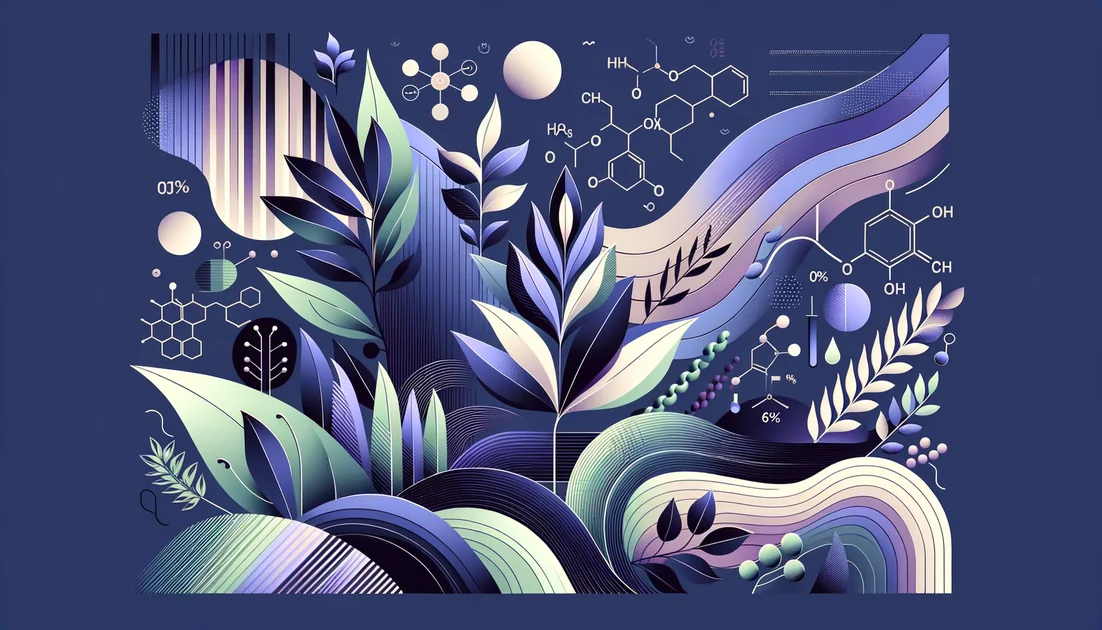
From Cornfields to the "Yellow Spot": How Zeaxanthin Moved From Plate to Retina
You lift a spoonful of bright corn and notice the same color, years later, staring back from an eye chart. The macula—the "yellow spot" that sharpens your vision—turns out to be tinted by pigments from food. One of them, zeaxanthin, left a trail from kitchen to clinic that's as surprising as it is instructive.
- Evidence
- Robust
- Immediate Effect
- No → 6–12 weeks
- Wears Off
- Gradually over weeks to a few months after stopping
The day we named the yellow
In 1782, anatomists described a curious golden hue at the very center of the retina. Two centuries of debate followed before chromatographs finally revealed the culprits in the 1980s: the plant pigments lutein and zeaxanthin, concentrated in the macula like a natural filter over our most precise pixels of sight. Think of them as a fine, golden visor the body builds from nutrients you eat. [1][2] Even the word "zeaxanthin" carries its origin story: Zea mays (yellow corn) plus xanthos (yellow). The color of fields became the color of focus. [3]
The clinical plot twist: a safer, stronger formula
Fast-forward to a pivotal chapter in eye research. The original AREDS study (1996–2001) showed that a specific antioxidant mix could slow age-related macular degeneration (AMD). But later, other trials linked beta-carotene to higher lung cancer risk in smokers. Researchers redesigned the formula, swapping beta-carotene for lutein and zeaxanthin—the very pigments the macula hoards. In 2022, after a decade of follow-up, NIH reported that the AREDS2 formula was not only safer but more effective at reducing the risk of progression to late AMD. Lead investigator Emily Chew put it plainly: "These results confirmed that switching our formula from beta-carotene to lutein and zeaxanthin was the right choice." [4][5] There was another clue in the data: carotenoids compete for absorption. Add beta-carotene and you may lower lutein/zeaxanthin levels in the blood—a biochemical elbowing match that might blunt the pigments the macula actually uses. "Removing beta-carotene simplifies things," noted NEI's Wai T. Wong, MD, PhD. [6]
When folk wisdom sits for a lab test
In northern China, dried goji berries have long been sipped as an "eye-brightening" tea. UC Davis researchers asked a simple question: does this tradition move the dial in modern measurements? In a small, randomized trial, healthy middle-aged adults who ate a small handful (about 28 g), five days a week for 90 days, increased the density of protective macular pigments. "Lutein and zeaxanthin are like sunscreen for your eyes," said lead author Xiang Li. [7] Goji isn't alone. Orange peppers are especially rich in zeaxanthin, and paprika oleoresin delivers zeaxanthin that shows up in circulating chylomicrons after a meal—evidence that the body is absorbing it. [8][9]
The egg paradox
Eggs were once shunned for their cholesterol. Then a plot twist: the yolk's fatty matrix turns out to be a superb delivery system for lutein and zeaxanthin. Controlled studies have shown that yolk-borne carotenoids raise blood levels more efficiently than the same dose from many pills or greens, and even nudge up macular pigment in as little as 12 weeks. In other words, the "cholesterol food" can be an optical nutrient ferry. [10][11]
What changes first: a picture of time
Macular pigment doesn't spike overnight; it accrues like a protective glaze. Early work showed increases starting around 3–6 weeks into supplementation, with more consistent gains over 2–3 months. Randomized trials in healthy adults report measurable improvements in photostress recovery (how fast vision rebounds after bright light) and in color contrast after 3–12 months on lutein+zeaxanthin. [12][13] Those changes aren't just for elite athletes. In one small randomized trial of older adults who struggled with night vision, boosting macular pigment improved contrast under glare, sped glare recovery by a couple of seconds, and even lowered a composite "crash risk" score tied to divided attention. The macular "visor" can make headlights less blinding. [15]
Two quotes that changed the conversation
- "These results confirmed that switching our formula from beta-carotene to lutein and zeaxanthin was the right choice." — Emily Y. Chew, MD, National Eye Institute. [4]
- "Lutein and zeaxanthin are like sunscreen for your eyes." — Xiang Li, lead author of the UC Davis goji trial. [7]
Beyond eyes: a brain-sight connection on the horizon
Because the same pigments are found in visual processing centers of the brain, investigators have tested whether higher macular pigment tracks with faster neural processing. In young adults, randomized trials show supplementation can quicken visual processing speed—akin to smoothing the brain's video frame rate. Early work in older adults hints at benefits for complex attention and cognitive flexibility, though results are mixed and effect sizes modest. Translation: intriguing, not definitive. [14][16]
How to put zeaxanthin to work
- For people with intermediate AMD, the best-studied option is the AREDS2 supplement (per NIH guidance) with lutein 10 mg and zeaxanthin 2 mg, plus zinc, copper, and vitamins C and E—talk to your eye-care professional. This is a "slows progression" tool, not a cure. [4][5]
- For everyday eaters, build your pigment pantry: orange peppers, corn, eggs, and a small handful of goji berries are practical sources. Pair with dietary fat (e.g., olive oil, yolk, avocado) to help absorption. [7][8][10]
- Expect patience, not fireworks: many studies note detectable changes by 6–12 weeks, with continued gains thereafter. If you stop, the "visor" thins gradually. [12][13]
The quiet philosophy of a yellow spot
The macula's tint is a record of our habits. It remembers seasons of peppers and corn, the breakfast egg, the afternoon tea. Science didn't invent that color—it learned how to strengthen it. And that's the promise of zeaxanthin: not a spotlight, but a steady filter that lets your world come through with less glare and more grace.
Key takeaways
- •AREDS2 replaced beta-carotene with lutein (10 mg) and zeaxanthin (2 mg), a safer, more effective combo for slowing progression to late AMD—talk to your eye-care professional.
- •Macular pigment builds gradually; trials often show changes by 6–12 weeks, with continued gains thereafter—consistency is key.
- •Benefits span intermediate AMD and everyday visual demands like glare, night-driving strain, and faster photostress recovery and contrast over 3–12 months.
- •Food can move the needle: eggs, orange peppers, corn, and small servings of goji berries have been linked to increases in macular pigment.
- •If you smoke now or used to, avoid beta-carotene eye formulas; choose AREDS2 formulations that use lutein/zeaxanthin instead (per NIH/NEI guidance).
You might also like
Explore more of our evidence-led investigations, comparisons, and guides across every article style.
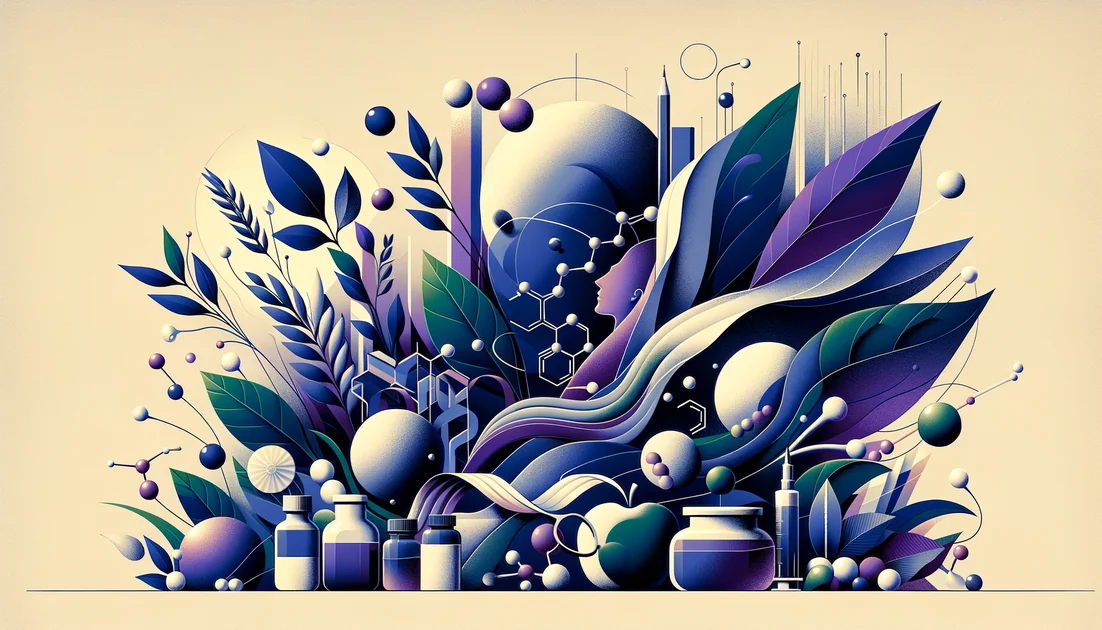
Nootropics Depot
A testing-first nootropics brand with a federal black mark
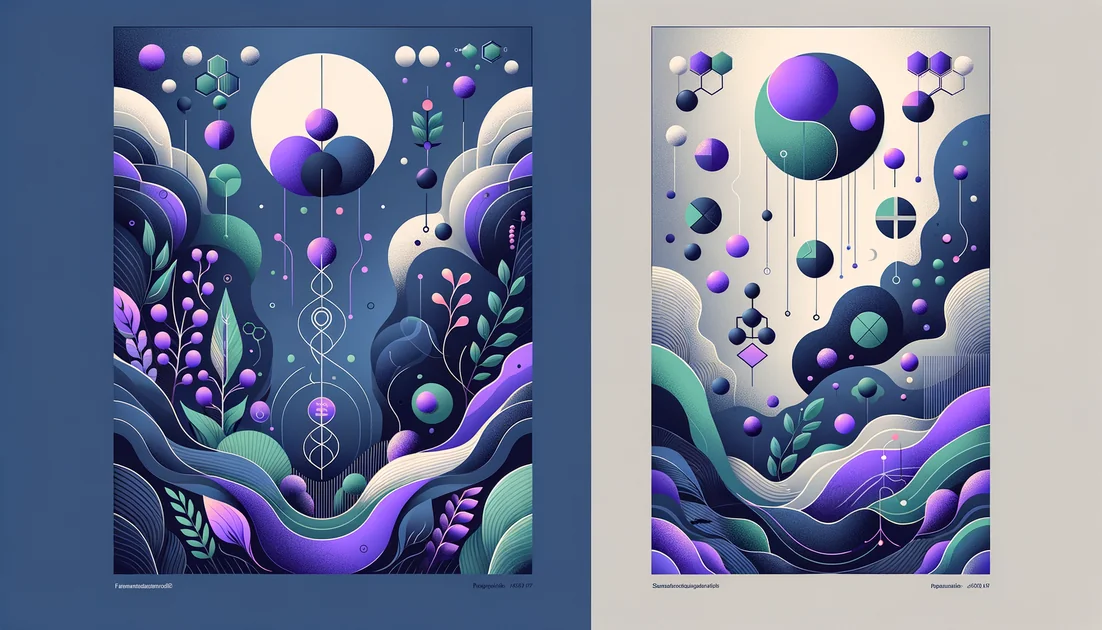
Tirzepatide (Zepbound/Mounjaro) vs Semaglutide (Wegovy/Ozempic/Rybelsus)
For maximum weight loss or faster inches off the waist, choose tirzepatide. If you have established cardiovascular disease and want proven event reduction—or prefer an oral option for diabetes—choose semaglutide. [1][2][3][4][5]
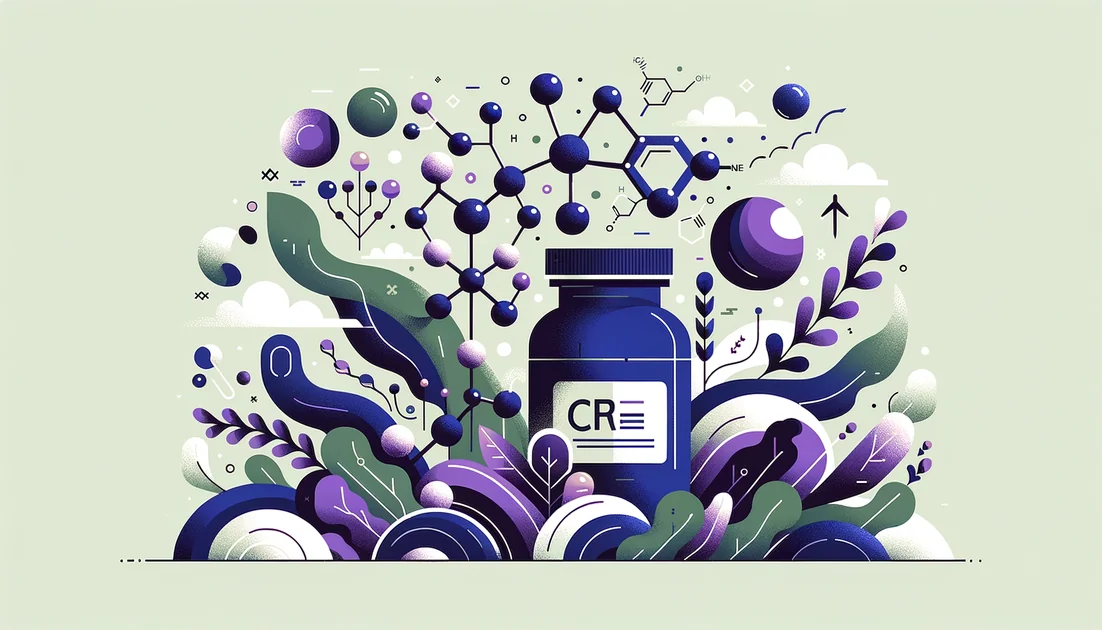
Best for muscle growth
Creatine monohydrate: 3–5 g daily
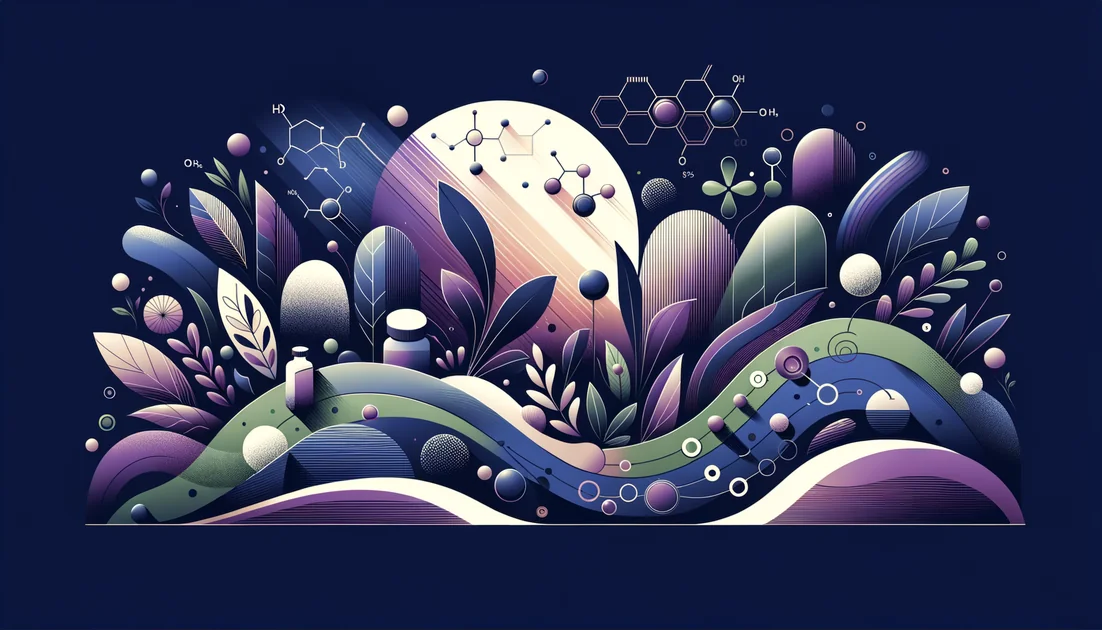
Vitamin B12 (cobalamin)
In clinics a century ago, pernicious anemia was a quiet death sentence—until raw liver, of all things, pulled patients back from the brink. Today, the same vitamin at the heart of that miracle can reverse numb feet, sharpen thinking—and, paradoxically, high blood levels sometimes flag hidden disease. The red thread is vitamin B12.
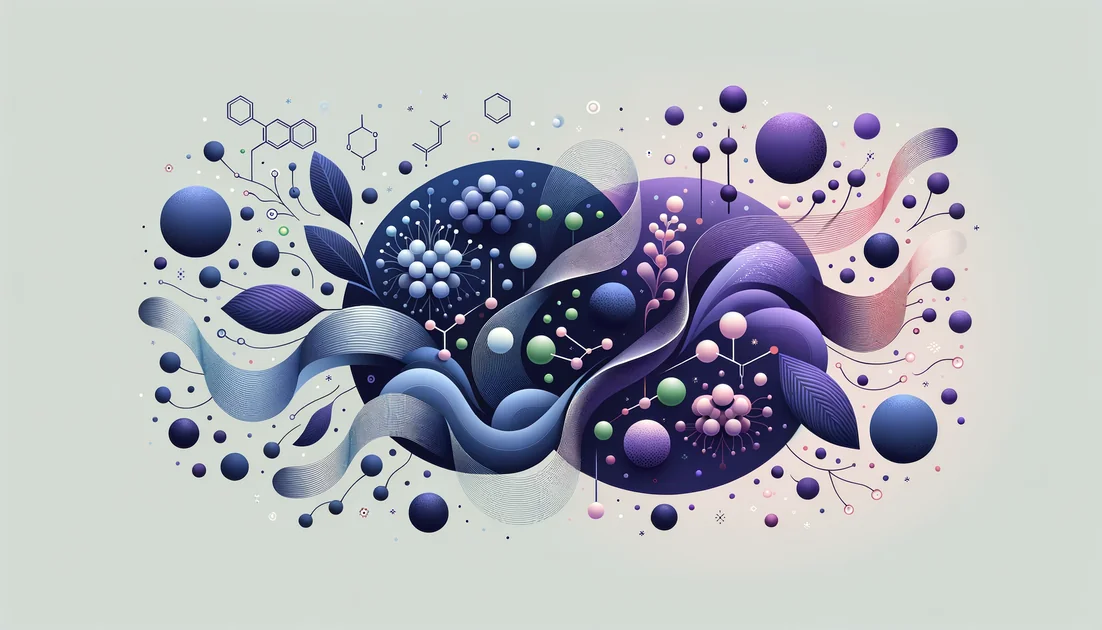

Tocotrienols
The stealthier cousins of vitamin E—built with springy tails that move differently in cell membranes and behave differently in your body.
